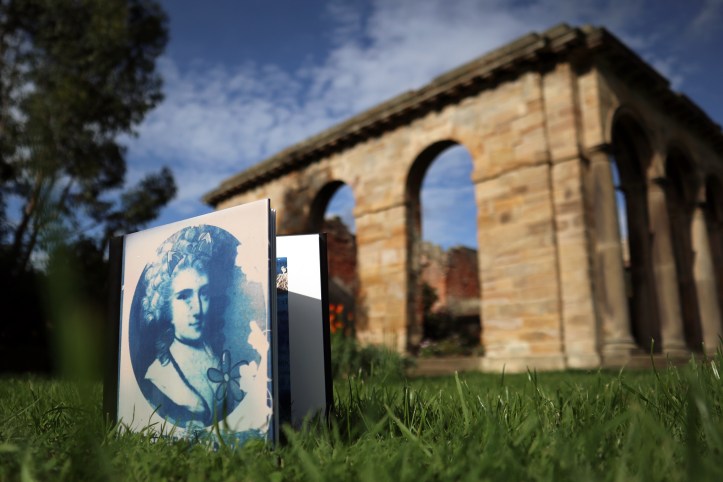Welcome to the new digital age where we can expand the conversation beyond the artist statement on the wall in the gallery! I took part in my first twitter based interview today, I prepared my answers but totally forgot the character count. So, if you found it hard to follow my Twitter feed and responses to The Bowes Centre I have provided my notes, (which even include the unedited format for those true fans it’s the directors cut).
Go to twitter to see the real interview and follow these important accounts @maverickart @thebowescentre @talkinculture @thebowesmuseum #untitled10
The directors cut
Thank you for joining us today Jo @maverickart for your #twinterview with @talkinculture Q1 What came first when you were researching for your #untitled10 commission; the botany cabinet @thebowesmuseum or the tortured life of botanist Mary Eleanor Bowes, how did you decide?
I was first drawn to the function of the botany cabinet. I am interested in how plants can enrich our lives, but researching the cabinet introduced me to Mary Eleanor Bowes and her story was so powerful. This seemed a perfect fusion for me because I also take inspiration from the hidden female stories from our history. I could look at how plants influenced Mary Eleanor’s growth and how they were woven into her life. When she eventually escaped her abusive second husband she returned to her first love of gardening at her new home.
Jo @maverickart Q2 How did you want to handle a story of brutality and botany in terms of the visitor experience @thebowesmuseum? #untitled10 #twinterview @talkinculture
I wanted to make the invisible a visible force in the collection. For many years the function of the botany cabinet has been left to the realms of history in the name of preservation. This is great but it can also place a boundary between the audience and the experience of the object. Behind ropes the cabinet is a tall and imposing but beautiful piece of theatrical furniture. I wanted to put the plants back in to the room and to have them growing out of the cabinet. Bold, bright and blue. Like in Mary Eleanor’s own story I hid the darkness inside the beauty.
I used the Confessions of the Countess of Strathmore, a book that Mary Eleanor was forced to write by her abusive husband, and pulled the pages out in a cathartic fashion. I printed flowers from Mary Eleanor’s garden at Gibside directly onto the pages and put them into the installation. This has the effect of a great visual in the space, but also invites the audience to do what I did and to look closer. Abuse is something that we often don’t see on the surface of things, and it can only be seen on further inspection.

Jo @maverickart Q3 How would you like to see museums like @thebowesmuseum handle difficult stories and histories they are in possession of, be it domestic violence, slavery or colonialism for example? #twinterview #untitled10 @talkinculture
I think that we have to acknowledge as a society the truth about the things that we treasure. If we deny the facts and stories that created the object then we run the risk of creating a cognitive discord. I remember being told many years ago that history is written by the victors; and that really stuck with me. It drives me to look for the bias in the way the stories are told to us. I think that more exploration of the collections in this context will help us all to see both sides of the story, which can only further our understanding. It also brings the objects back into focus in contemporary conversations that we have today about ongoing social issues.
Jo @maverickart Q4 How could museums like @thebowesmuseum unearth if possible or acknowledge untold stories of the oppressed like Mary Eleanor Bowes as part of their education outreach? #untitled10 #twinterview @talkinculture
We shouldn’t shy away from having hard conversations. Education shouldn’t be just about sanitised synopsis. In the case of Mary Eleanor Bowes, her story is a great starting point for conversations about the history of women’s rights. Whilst not directly linked with the suffrage movement Mary Eleanor’s story is part of that wider history. When the kids ask why aren’t there any female scientists? You can tell them that there were plenty, but because of the time in which they lived, their stories weren’t very well recorded. It’s up to us to be inquisitive, and to encourage each other to fill in the gaps.
It would also be a good idea to continue working with artists. Physically creating an artistic response helps to trigger a multitude of areas in the brain, and ensures a much greater depth of learning through critical thinking and self reflection.
Jo @maverickart Q5 You have foregrounded an important story in women’s history; Mary Eleanor Bowes, a domestic abuse survivor and one of the most important botanists of her time. How would you like to see her work developed @thebowesmuseum? #untitled10 #twinterview @talkinculture
I think that workshops for visitors to the museum to make paper flowers for the botany cabinet would be a great way of celebrating Mary Eleanor’s legacy, in both science and strength of character. They can create their own version of the installation by making a paper flower. The flower might have the story of an inspirational woman from history, in science, art, or a personal hero. Whatever happens we can’t put the worms back in the can now.

#untitled10 works are still on show at the Bowes Museum until February 28th 2020. Tickets for entry are from £14 or less.













